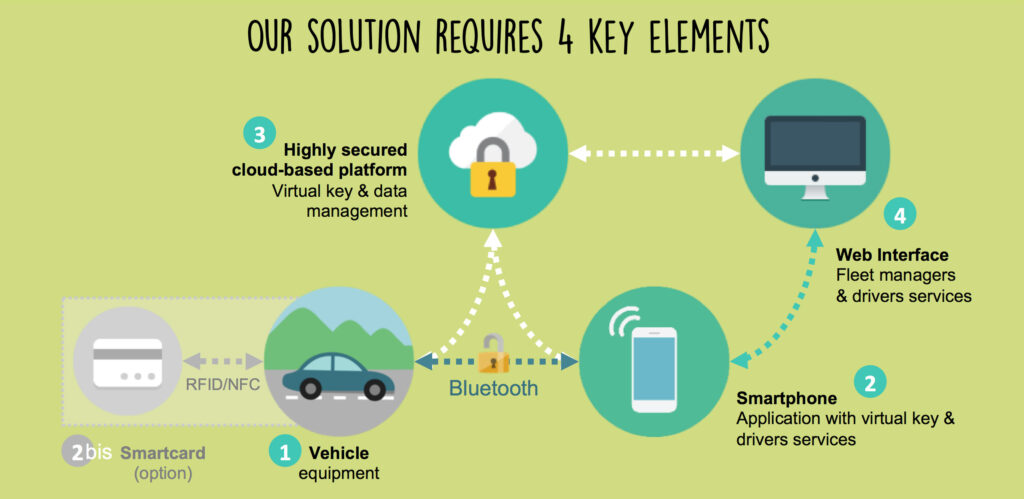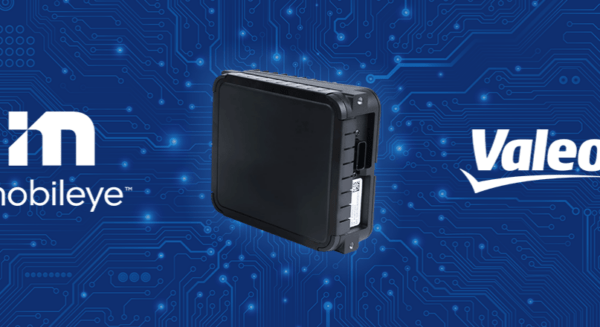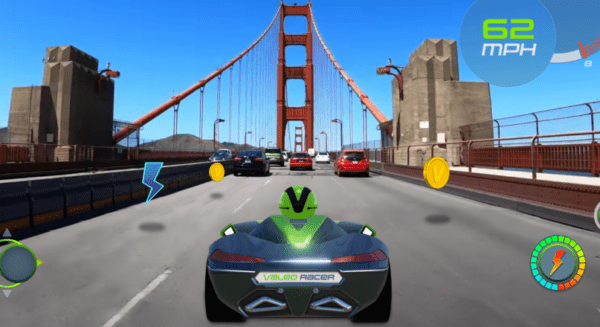“Many drivers, one car” – embracing the ‘new normal’
Car-sharing is rapidly becoming a way of life for millions of people worldwide. Though not a new practice, recent digital disruptions are making it a defining aspect of our mobility habits. Let’s take a look at the shape of the coming car-sharing boom, and how technologies and social habits will shape this “new normal” of urban mobility.
Within a generation, the traditional “one driver, one car” model of vehicle ownership will look quite strange: the cost of buying a vehicle, and paying for its upkeep and storage, will seem disproportionate for an asset that is used maybe twice a day. Adding the impact of traffic congestion on the community’s quality of life, it is no wonder that nearly six million people are already on board with car-sharing—and many more will join them within the next few years. As Jacques Aschenbroich, CEO of Valeo noted of the transformation in urban mobility, “There will be more car sharing, more Uber-like services. The ownership structure for cars will become very different.”
Statistics focus

Vehicle ownership meets the digital age
Car sharing isn’t new. It’s been around for a long time, from rentals and vehicles for hire (including taxis) to carpooling with family, friends or colleagues. However, the current boom—and the foreseeable decline in vehicle ownership overall—is due to revolutions in different areas:
- Digital: the digitalization of services and relationships, mobile technology, the Internet of Things, Big Data analytics
- Social: environmental awareness, alternative ownership models (e.g., the sharing economy)
- Urban: the rise of smart cities, ever-increasing urban population density
In addition, digitalization of the customer experience has resulted in convenient and personalized service in virtually all sectors. This has further increased the rate of adoption of car-sharing services by urban drivers who now weigh this against the true cost of owning a car.
The different faces of car-sharing: four types of services
| Operator car-sharing | An operator providing a fleet of cars for short-term rentals (e.g., hourly or one-way trips) |
| On-demand ride-hailing | A service (typically an app) to match private and/or certified drivers with passengers |
| Peer-to-peer car-sharing | A service matching car owners and renters via a platform or marketplace |
| Peer-to-peer ride-sharing | A service that matches drivers with passengers for inter- or intra-city drives |
Driving consumers and peers
Today, the most prevalent car-sharing models are business-to-consumer (B2C), such as ride-hailing apps, and peer-to-peer (P2P), as with carpooling platforms.
However, most P2P platforms and marketplaces feature an intermediary with a business model based on commissions. Similarly, the original peer-to-peer car-sharing experience involves lending one’s car, which does not provide the same security and convenience as professional services. Technologies like the Valeo InBlue virtual key system, developed through a partnership with internet security leader Gemalto, reduce these inconveniences by enabling car owners to remotely transfer a temporary digital key to another driver.
Sharing vehicles, optimizing fleets
As technology enables economies of scale, business-to-business models (B2B) of car-sharing are starting to undergo their own boom as well. These will adopt features of their consumer-oriented counterpart, in that convenience and personalized—as well as predictive—services will become the norm.
Making these service secure, convenient and cost-effective requires a judicious combination of automotive and digital technology. Such is the goal of the partnership between Valeo and Capgemini, Mov’InBlue™. This end-to-end vehicle booking and fleet management solution for corporations and car rental services requires four interconnected blocks:
Mov’InBlue™ optimizes fleet use and, through constant data analysis, enables personalized customer experiences and predictive maintenance among other features.

Mobility-on-demand
As automation becomes standardized, it will undoubtedly make its mark on car-sharing as well. Within two decades, we may be used to a near-instantaneous pick-up from an automated vehicle at the push of a button—or even to predictive services greeting us the moment we leave the office, perhaps even automatically stopping to pick up neighbors along the way. Although private car ownership is unlikely to disappear anytime soon, the notion of what constitutes “my car” is sure to evolve a great deal in the coming years.
Sources
Trend info & data:
Disruptive trends that will transform the auto industry
Innovative Mobility Carsharing Outlook – Market overview, Analysis and Trends
Valeo solutions:
Similar News

Innovation / Products & Technology | Jan 18, 2024 | 2 min
Mister-Auto integrates Valeo Canopy low carbon footprint wiper blade range
#Sustainability


